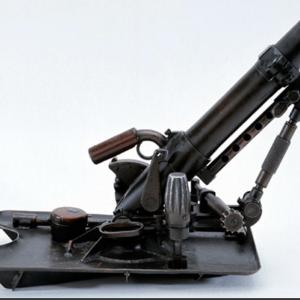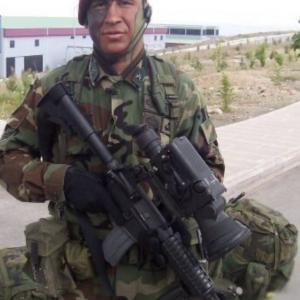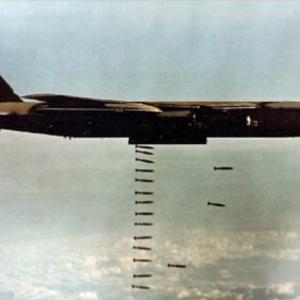
On this day in military history…
On October 20, 1944, the U.S. Sixth Army, under the command of Lieutenant General Walter Krueger, landed on the eastern shores of Leyte in the central Philippines. This massive amphibious assault marked the beginning of the liberation of the Philippines from Japanese occupation and was one of the most significant campaigns of World War II in the Pacific. The operation was part of General Douglas MacArthur's broader strategy to cut off Japan from its vital southern resource areas and fulfill his personal and symbolic promise to return to the Philippines, which he had been forced to flee in 1942.
The invasion of Leyte was preceded by a massive naval and aerial bombardment that softened Japanese defenses along the coast. At dawn, waves of U.S. landing craft surged toward the beaches near the town of Palo on Leyte’s eastern coast. More than 700 landing craft were involved in the initial assault, bringing ashore an estimated 132,000 troops during the first few days of the operation. These troops were primarily drawn from the X Corps and XXIV Corps of the U.S. Sixth Army. The X Corps, commanded by Major General Franklin C. Sibert, landed near Tacloban and Palo, while the XXIV Corps, under Major General John R. Hodge, landed further south near Dulag. Their objectives were to secure beachheads, establish airfields, and begin pushing inland to confront entrenched Japanese forces.
General Douglas MacArthur himself waded ashore shortly after the initial landings, accompanied by a small contingent of his staff and a swarm of war correspondents and cameramen. It was during this dramatic return that MacArthur made his famous announcement: “People of the Philippines, I have returned. By the grace of Almighty God, our forces stand again on Philippine soil.” His words, broadcast to the nation and later immortalized in history, were more than a personal triumph—they were a powerful symbol of the resilience of the Filipino people and the U.S. commitment to the Pacific war effort.
Japanese resistance on Leyte was determined and fierce. The defending force, under the command of General Tomoyuki Yamashita, was spread thin across the Philippines and unprepared for the scale of the U.S. assault. However, Japanese troops, numbering roughly 20,000 on Leyte at the time of the invasion, quickly regrouped to mount a staunch defense. Reinforcements began pouring in over the following weeks, with the Japanese high command committing additional divisions to try to stem the American advance. The terrain of Leyte—dense jungles, rugged hills, and heavy rains—favored the defenders and made progress slow and costly for the attackers.
One of the most significant Japanese responses came not from the land but from the sea. The Leyte invasion triggered the massive Battle of Leyte Gulf, fought from October 23 to 26, 1944. This was one of the largest naval battles in history and effectively shattered the remaining combat power of the Imperial Japanese Navy. Though the Japanese inflicted some losses on U.S. forces, their inability to halt the landings or dislodge the American beachheads marked a turning point in the Pacific War.
The successful landing on Leyte and the subsequent campaign paved the way for the recapture of the entire Philippine archipelago. It disrupted Japanese supply lines to Southeast Asia and cut off vital oil shipments needed to sustain their war effort. For the Filipino people, the return of MacArthur and the liberation of their homeland began a new chapter after years of brutal occupation. For the United States, the operation demonstrated the effectiveness of its combined land, sea, and air forces, and reaffirmed its strategic dominance in the Pacific theater.










